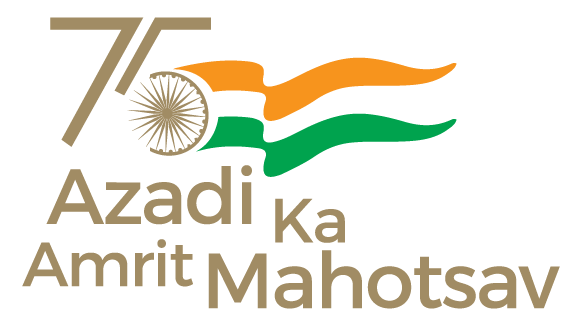Ministry of Jal Shakti

Water Quality of Ganga River
Posted On: 08 DEC 2022 4:53PM by PIB Delhi
Under the Namami Gange Programme, Central Pollution Control Board (CPCB) is carrying out water quality assessment of the River Ganga at 97 locations in 5 main stem Ganga States through the respective State Pollution Control Boards (SPCBs).
Central Pollution Control Board (CPCB) has informed that based on water quality monitoring of river Ganga being carried out for pre-covid 19 as well as post covid-19 period and studies conducted by them and State Pollution Control Boards (SPCBs) and other agencies assess the impact of lockdown on the water quality of river Ganga and its tributaries, it has been observed that no definite trend exists in different water quality parameters observed for various stretches of river Ganga and its tributaries. However, varying degrees of improvement in water quality is observed in river Ganga water Quality and number of polluted stretches have come down as per CPCB and SPCB reports which may be attributed to various factors such as increased availability of fresh water due to rain fall in the river catchment, no industrial effluent discharge and reduced human activity such as bathing, ritual disposal, restricted tourism, solid waste, mass washing of clothes etc. during lockdown period. As per CPCB report of 2018, there were four Polluted Stretches on main stem of river Ganga (one stretch in Priority Category III, two stretch in Priority Category IV and one stretch under Priority Category V, where Priority Category I being most polluted). Now, as per river water quality data of 2021, none of the Ganga Stretches are in Priority Category I to IV and only two stretches are in Priority Category V with Biological Oxygen Demand (BOD) ranging between 3-6 mg/l, as per CPCB categorization of polluted stretch. With the various interventions taken up under the Namami Gange Programme, the water quality of river Ganga has remarkably improved across various erstwhile polluted stretches of river Ganga.
During lockdown, it was ensured thatall the sewage treatment plants continue to function without any interruption. Guidelines were issued to follow all safety precautions while continuing the operation of STPs. The various interventions for abatement of pollutions of rivers have been continued.Some of them are given below:
- Financial assistance is being provided to States for setting up of sewage infrastructure and other pollution abatement activities under Namami Gange and National River Conservation Plan (NRCP) of ministry of Jal Shakti as well as AMRUT & Smart Cities Mission of Ministry of housing & Urban Affairs.
- State Government have formulated river action plans to restore water quality of polluted river stretches for intercepting, diverting and treatment of municipal wastewater from urban centres.
- Regulation of industrial Pollution is implemented through various provisions of Water (Prevention and Control of Pollution) Act, 1974 under Consent mechanism by the respective State Pollution Control Board (SPCB) and Pollution Control Committees (PCC).
- Online Continuous Effluent Monitoring Systems (OCEMS) are installed by 17- categories of industries and Grossly Polluting Industries (GPIs) being established on industrial units in the country through the directives issued by CPCB for getting real time information on the effluent quality and non-complying units were identified and actions were taken against these units.
This Information was given by the Minister of State for Jal Shakti, Shri Bishweswar Tudu in a written reply in Lok Sabha today.
*****
AS
(Release ID: 1881830) Visitor Counter : 27























